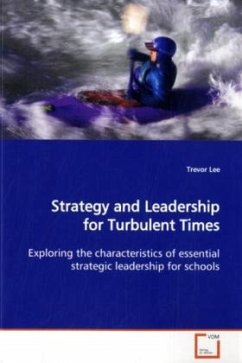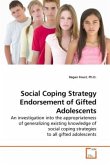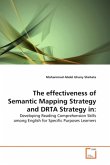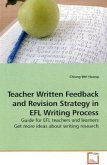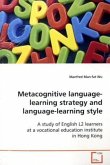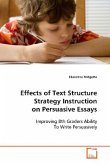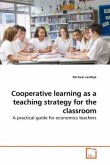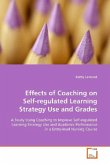Preparing for an uncertain and complex future is
vital for all those with leadership
responsibilities. Mapping a long term direction for
an organization is particularly difficult in times of
turbulent social or economic change. In a knowledge
based economy, we often equate leadership competence
with "knowing". The problem is that all our factual
knowledge is about the past. We have no facts about
the future at our disposal. The dilemma is how
leaders react to the attractive but false belief that
it is possible to predict and control the future
accurately yet not become paralysed by inertia. In
response, this book asserts that there are persuasive
claims to be made in the concept of strategic
leadership as a theory for action. The author reviews
the literature and then introduces a new synthesis of
essential strategic leadership characteristics. Data
are derived from leaders in independent schools who
share their insights. These are encapsulated in seven
propositions and a new conceptual model. This
analysis should be helpful for practitioners within
educational settings and for leaders in teams
who are interested in enhancing their strategic
imagination.
vital for all those with leadership
responsibilities. Mapping a long term direction for
an organization is particularly difficult in times of
turbulent social or economic change. In a knowledge
based economy, we often equate leadership competence
with "knowing". The problem is that all our factual
knowledge is about the past. We have no facts about
the future at our disposal. The dilemma is how
leaders react to the attractive but false belief that
it is possible to predict and control the future
accurately yet not become paralysed by inertia. In
response, this book asserts that there are persuasive
claims to be made in the concept of strategic
leadership as a theory for action. The author reviews
the literature and then introduces a new synthesis of
essential strategic leadership characteristics. Data
are derived from leaders in independent schools who
share their insights. These are encapsulated in seven
propositions and a new conceptual model. This
analysis should be helpful for practitioners within
educational settings and for leaders in teams
who are interested in enhancing their strategic
imagination.

